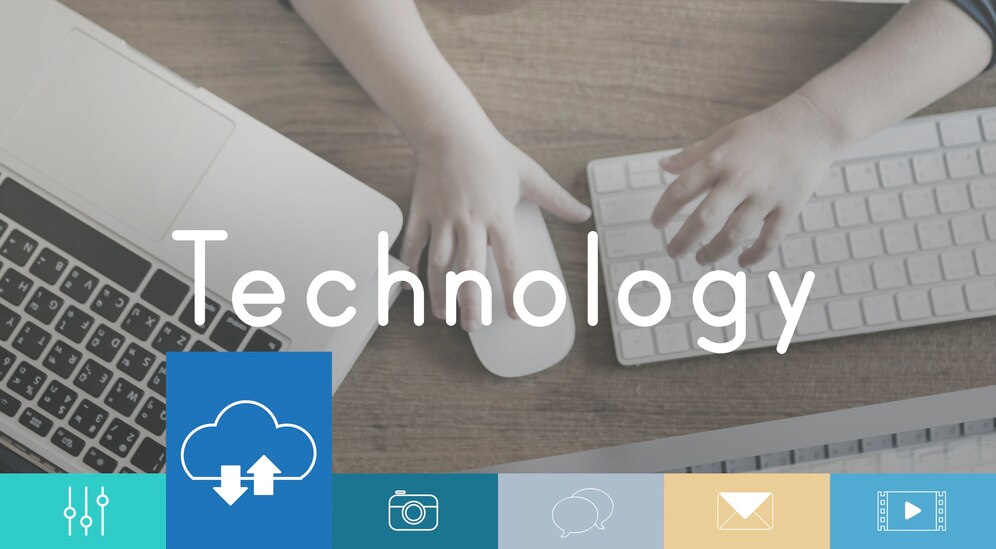The current dynamic business environment requires companies to take a structured, proactive approach to manage, monitoring and predicting their cloud service costs.
Doing so will help them to meet their financial goals. Cloud FinOps is a cultural shift and operational framework that brings finance, business, and technology together to accelerate business value realization and drive financial accountability through the cloud.
At its heart, cloud FinOps enables businesses to understand the challenges and complexities of cloud information technology (IT) financial management. The core purpose of cloud FinOps is to optimize the business value generated from cloud services. It involves various techniques, like free credits, least-priced services, negotiating costs, and more.
5 Core Pillars of Cloud FinOps

You need to know the core principles of the cloud FinOps design to successfully implement it. These design principles help build a cost-conscious, self-governing culture while fostering business agility and financial accountability in the cloud.
The following are some key pillars of Cloud FinOps:
1. Enablement and Accountability
This principle focuses on creating lean or centralized cross-functional teams. These teams may include application owners, architecture, operations, finance, and engineering. Establishing these teams enhances governance and sets guidelines for managing cloud expenditure.
2. Cost Optimization
This principle requires stakeholders to identify the main cost-optimization drivers in the cloud environment. It is a continuous, iterative process that offers a consistent solution to managing cloud usage most cost-effectively.
The following are the three common optimization areas:
- Architecture
- Pricing
- Resource
3. Realization and Measurement
This principle involves creating core key performance indicators (KPIs), and business-value metrics will be utilized to evaluate the success of the transformation. In most cases, customers begin with a series of cost-optimization metrics. Afterward, business value or unit economics measurements, like cost per customer served or transaction.
4. Forecasting and Planning
Proper cloud estimates and planning require the company to fully understand its cost drivers, assign cloud expenditure, and benchmark efficiency. Doing so ensures minimal deviations between the actual and forecasted costs.
5. Accelerators and Tools
As you would expect, cloud FinOps requires you to employ proper accelerators and relevant tools. Doing so ensures effective monitoring and management of cloud spending.
These tools may include:
- Automation scripts that set budget alerts and account guardrails
- Reporting dashboard for tracking value and managing cloud spend
- Cost management tools for analyzing real-time cost and billing data.
How Do Cloud FinOps Work?

This operational framework involves a three-step lifecycle to ensure teams remain focused on and organized to deliver business value and attain financial accountability.
These steps include:
- Informing
- Optimizing
- Operation
1. Informing
This stage involves informing the company about all cloud-related costs. It happens by providing 100% visibility and assigning cloud costs to relevant business units. Here, the goal is to let every team understand their cloud spending.
Also, it involves benchmarking against the company’s internal objectives, like budgets and forecasts. Companies can visualize areas they’re attaining business value and where they do not, helping them determine their progress.
2. Optimizing
Once members know the organization’s goals, costs, and achieved business value, they proceed to optimize costs. This step involves providing recommendations and actionable insights to the different teams.
Here, companies cut off unnecessary services that increase their cloud spending. Also, they automate rightsizing of different resources and maximize the utilization of the available resources. As a result, it significantly reduces cloud expenditure.
3. Operation
Once all costs are optimized, it’s time to architect the cloud environment to achieve and maintain minimal cloud spending. The company creates governance policies that help attain technological, business, and financial goals. The primary objective here is to achieve measurable goals and continual improvement.
4 Benefits Of Cloud FinOps:

Adopting cloud FinOps best processes and practices helps enterprises achieve various high-level benefits, such as:
1. Cost Efficiency
Cloud FinOps enable you to attain cost efficiency thanks to advanced tools and accelerators. These tools help you identify areas of optimization, track and optimize cloud spending, and hold every team responsible, reducing unnecessary cloud costs.
2. Positive Cultural Shift
By holding every cloud consumer responsible and making their data on cloud usage and spending available, cloud FinOps helps optimize cloud consumption. As a result, it helps create a beneficial culture for all cloud-consuming parties.
3. Reduces Uninformed Decisions
Uninformed decisions can be extremely costly. Without proper tracking of cloud spending and resources, your company may be spending significant resources on the cloud. Fortunately, cloud FinOps products provide real-time granular reports and insights, helping leaders to:
- Get service-level cloud utilization
- Track underutilized or idle resources
- Compare the business cloud resource usage by time
- Figure out business areas that need more resources.
With such data, leaders are aware of which areas need what resources. Also, they are informed about their decisions’ financial implications.
4. Unifies the Company’s Ecosystem
Every company often has a frustrating, complex, and invisible culture split between finance, IT, and DevOps teams. Requests, approvals, and processes vary from department to department, though they aim to achieve a common goal.
Also, technical terms and jargon may not be understood by other teams. What’s more, the finance team often loses control of cloud infrastructure procurement when the cloud engineering team steps into the process.
How does Cloud FinOps help in this case? Well, cloud FinOps help every team stay updated about their cloud costs depending upon their responsibilities.
For instance, while the finance team views the cost reports and data, the engineering team can access the processor usage information. As a result, it leads to streamlined, effective, and unified operations.
Challenges Of FinOps

Although cloud FinOps is a great approach, it has its shortcomings. Many teams end up experiencing barriers to attaining business value.
Some key challenges include:
- Difficulty understanding cloud costs
- One cannot trade off creativity and innovation for low cloud costs
- The DevOps teams may not exhaustively understand the financial processes
Final Thoughts
The cloud FinOps framework can significantly transform your company in all aspects. This operational framework enables you to optimize your company’s financial wellness while driving business value.
However, to achieve the best results, you need to adopt the best practices and understand the principles and dynamics of this approach.
Read Also:






















